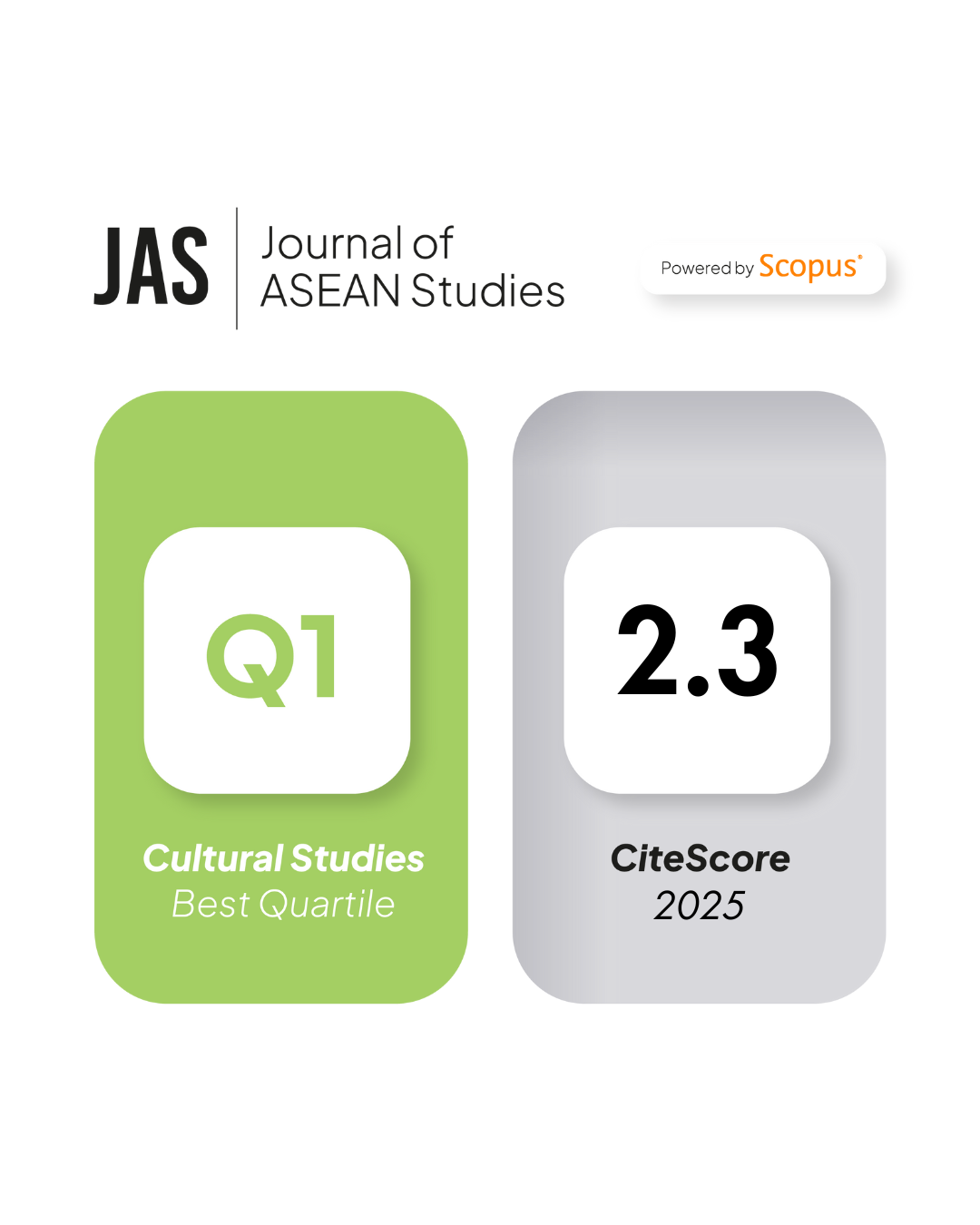Reinventing Place-identity and Embracing New Economic Opportunities: Promoting Creative Economy of Sanur Through Public Participation
DOI:
https://doi.org/10.21512/jas.v7i2.5751Keywords:
place-identity, economic opportunities, tourism, role of local actorsAbstract
Every place on the planet has unique characters that make it distinguishable from other sites. Place-identity is the term widely accepted to explain this phenomenon. It is argued that the place-identity could not only strengthen the sense of belonging of the locals to a place and improve social cohesion but, in the age of global tourism, it could also increase the attractiveness of the place to visitors. Therefore, it contains economic values if managed in a proper way. But places are transforming. The dynamics of contemporary activities where tradition is seen as outdated, new government system, new economic activities, and new actors and their roles challenge the stability of place-identity. Unfortunately, the transformation of a place may benefit some actors but may trouble other groups. Some places, however, maintain their place-identity for the social and economic values it holds. Collaboration among different actors in managing the transformation of such place could maintain the place-identity of a place which ensures its attractiveness to visitors, sustains its economic values amidst rapid changes. The collaboration confirms no one is left behind. The case study research conducted in Sanur showed that the sustained place-identity could economically benefit all actors.
References
Appleyard, D. (1976). Planning a Pluralist city: Conflicting Realities in Ciudad Guyana. Cambridge: MIT Press.
Bourdier, J., & AlSayyad, N. (1989). Dwellings, Settlements and Traditions: Cross-cultural Perspectives. Lanham: University of Minnesota Press.
Castells, M. (2009). The Power of Identity Second Edition with a New Preface. West Sussex: Wiley Blackwell.
Hague., & Jenkins. (2004). Place-identity, Participation and Planning. London: Routledge.
Madanipour, A. (2013). The Identity of the City. In City Project and Public Space, Urban and Landscape Perspective 14 (pp. 49-64). Dordrecht: Springer.
Norberg-Schulz, C. (1980). Genius Loci: towards a Phenomenology of Architecture. New York: Rizzoli.
Putra, N. G. (2017, September). Defining and Sustaining the Place-Identity of a Traditional yet Rapidly Developing City. Doctoral Thesis. Oxford.
Proshansky, F, A., & Kaminoff, R. (1983). Place-identity: Physical World Socialization of the Self. Journal of Environmental Phycology, 2 (31), 57-83.
Santos, S. J. (2004). Cultural Politics and Contested Place-identity. Annuals of Tourism Research, 640-656.
Watson, G. B., & Bentley, I. (2007). Identity by Design. London: Architectural Press.






















